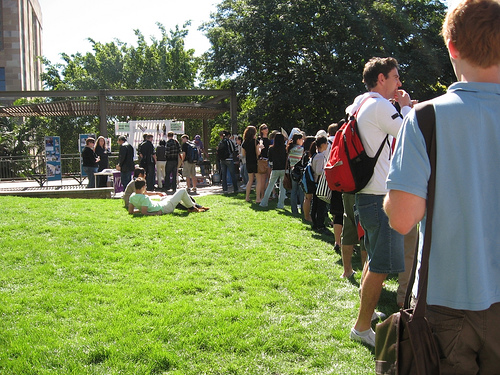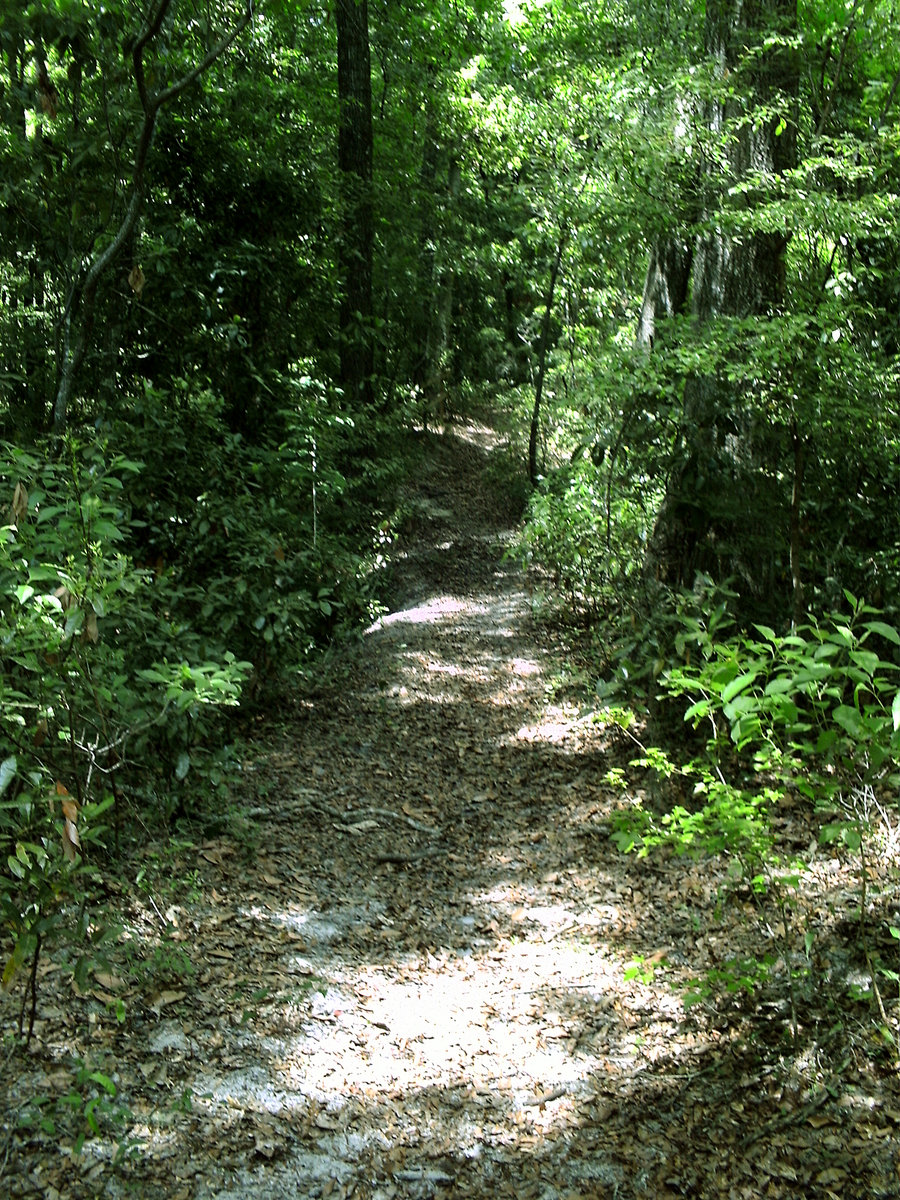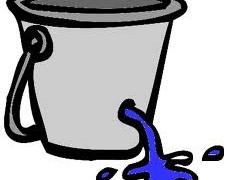Sometimes you wonder what the administration and school board trustees know about the students of Charleston County. I state this because I remember only too well that after an expose in the local rag, the Charleston County School District discovered that reading was important, launching into a plethora of reading catch-up programs as a result.
Now we have, thanks to teachers at Baptist Hill High and board trustee Michael Miller, a sudden focus on the facts of language in the district, namely that rural students, mostly black, don't sound like they're from Ohio. Instead, their speech patterns reveal heavy influence of dialect, namely Gullah.
Who knew?
[insert sarcastic comment here]
English teachers constantly deal with all sorts of nonstandard language in the classroom. They always have. Native speakers from Thailand don't know the use of articles (a, the). Students from the Caribbean write in syntax confusing to Americans. Students taught in India reveal long, involved sentences produced previously for British-English teachers. The syntax a baby learns to use remains the default for life. The nonstandard language spoken regularly by parents is a problem only if the teacher makes it one. The way all people speak and the standard English needed for writing are two different languages, if you like.
Your parents and friends (and even the TV announcer) say, "Where are you at?" That's acceptable these days in most contexts, but "Where are you" still remains standard.
"Kids, get off of the sofa!" may be what students hear at home, but "Get off the sofa" remains standard in writing.
I'm using these examples to show that all students need instruction in standard English, not just rural blacks, not just southerners. K J Kearney's comments that "In Charleston if you sound like you're from Charleston, people automatically think you sound stupid" reveal that he hasn't lived outside the South for any length of time. K J--the reality is that outside of the south if you speak with even a southern accent, forget dialect, people assume you are stupid! The only people in the Lowcountry who think blacks (and whites) are stupid because they talk "southern" moved here from New Jersey, Ohio, and [
fill in non-southern state here].
Is it possible that schools heavily laden with Gullah-influenced speakers need teachers who grew up in the Lowcountry, South Carolina, and the south? Perhaps culture shock would not then be a problem.
Meanwhile, learning about the fascinating Gullah dialect would be far more useful to teachers than ESOL. These students don't speak a foreign language. They speak a recognized dialect of English!














